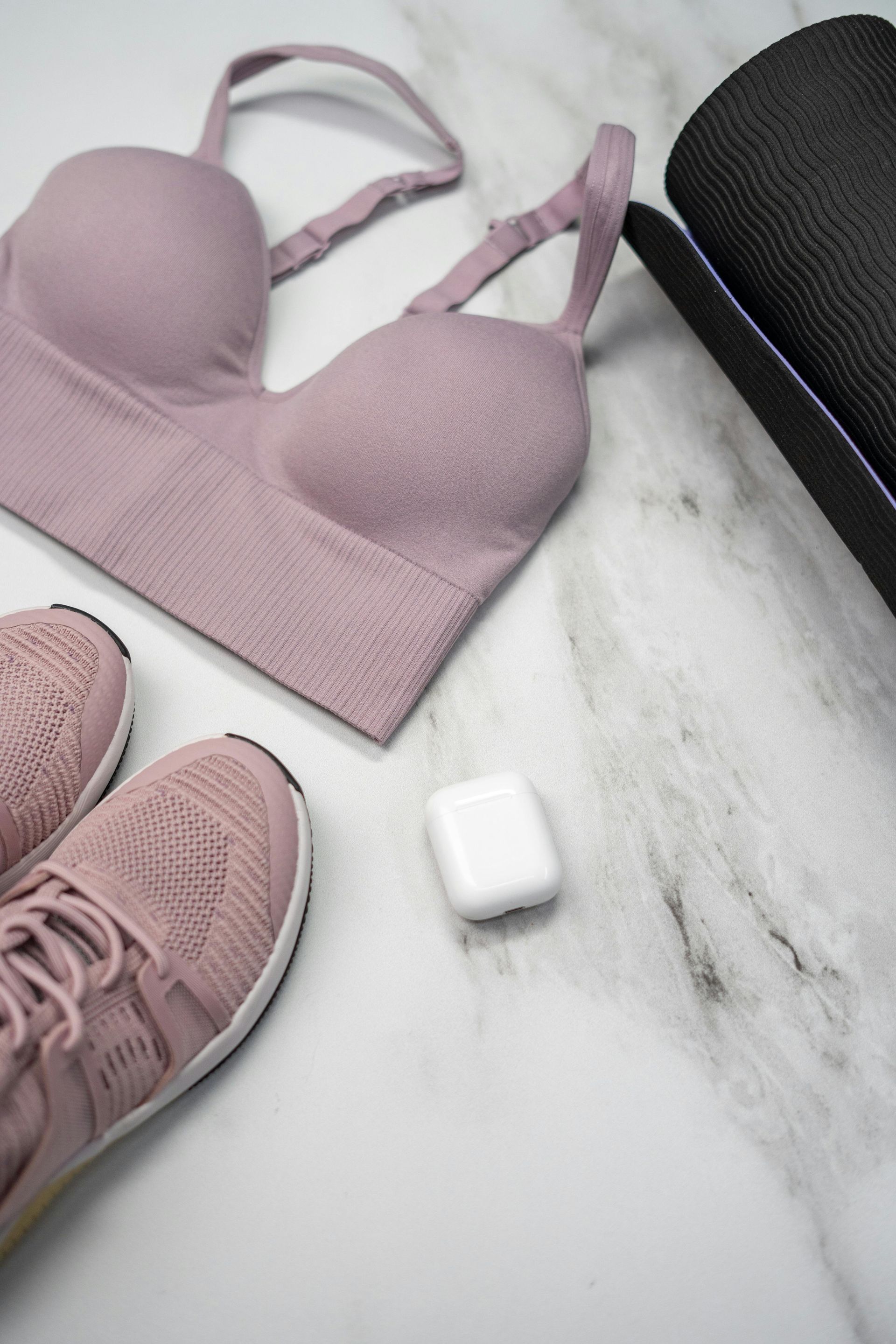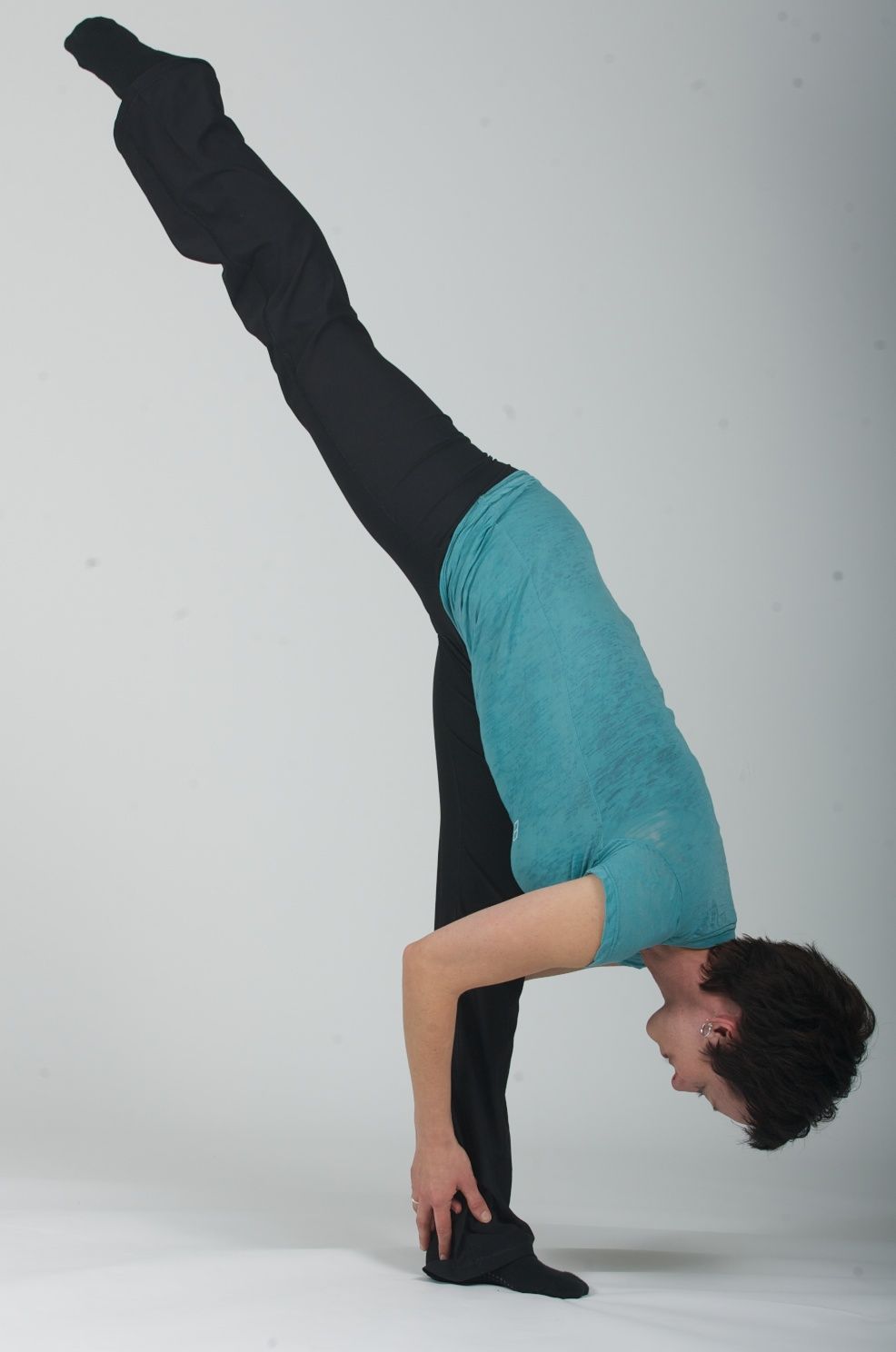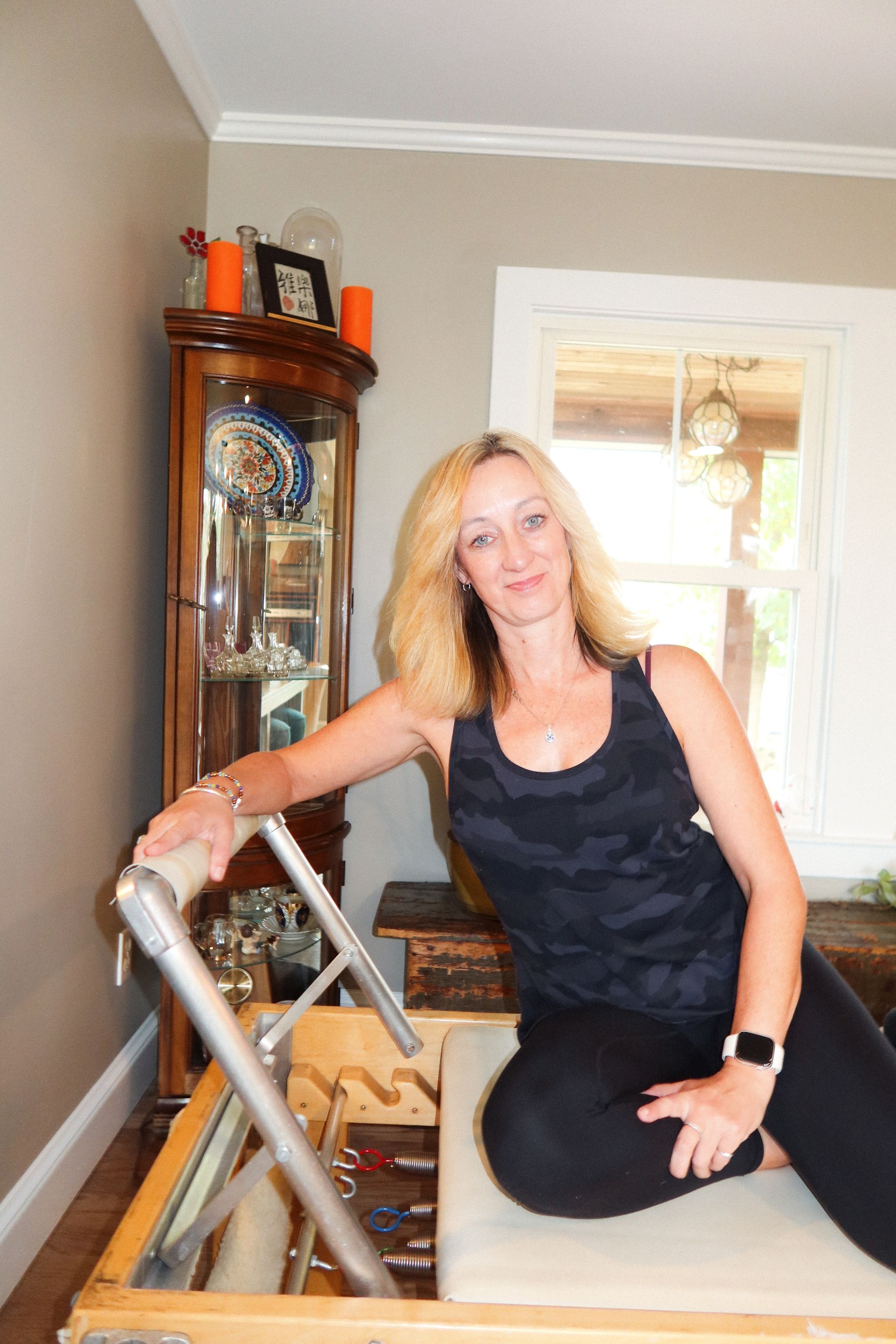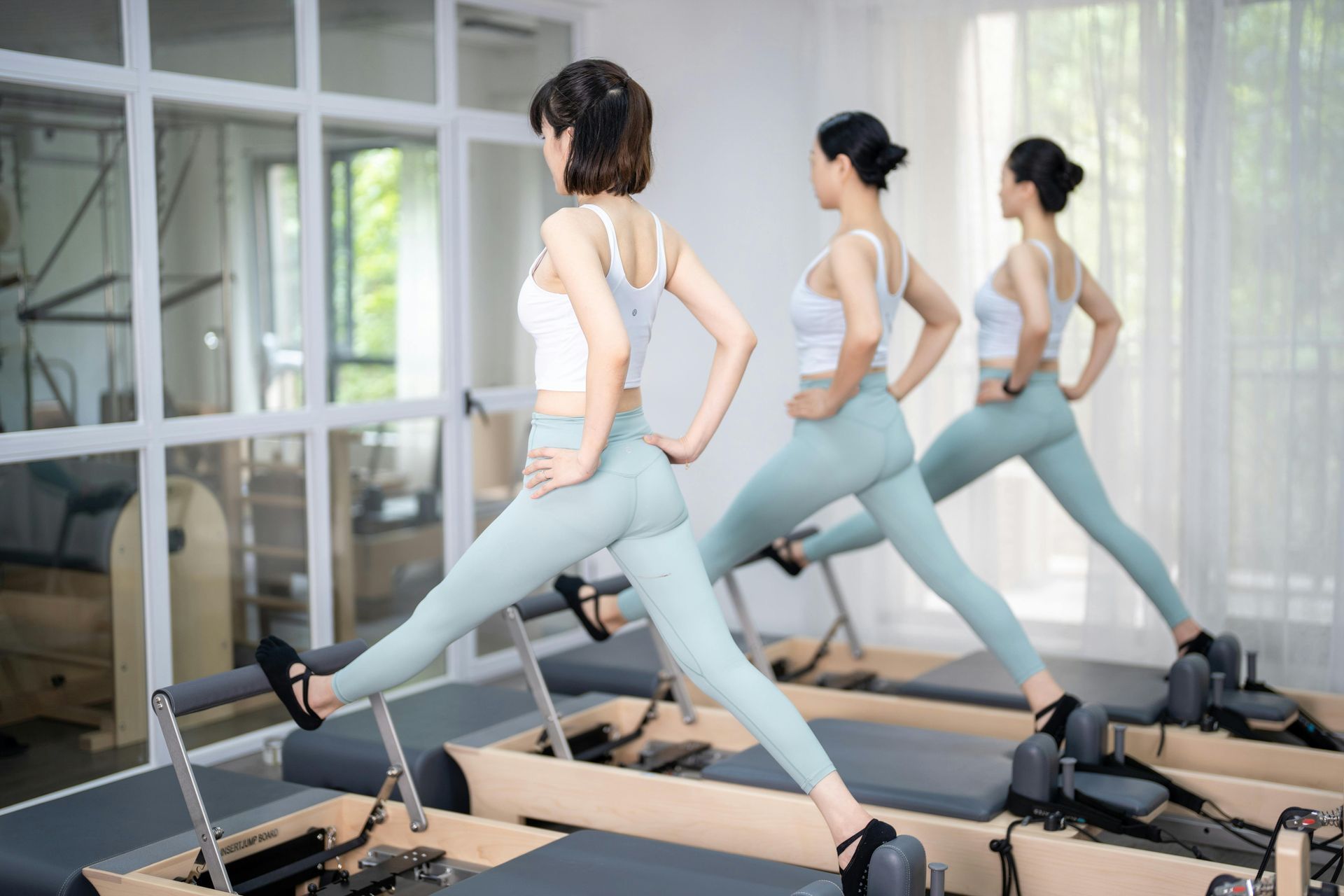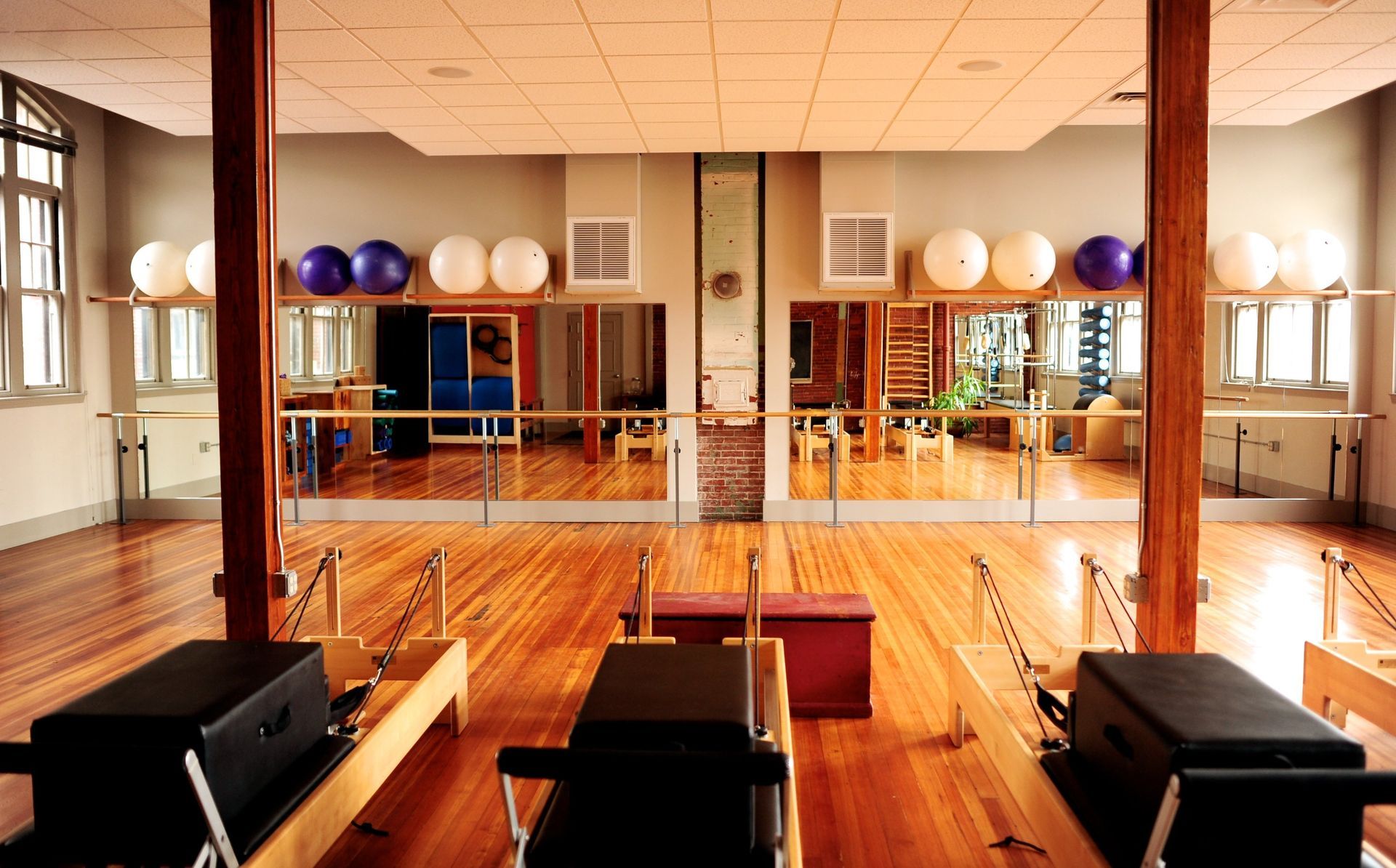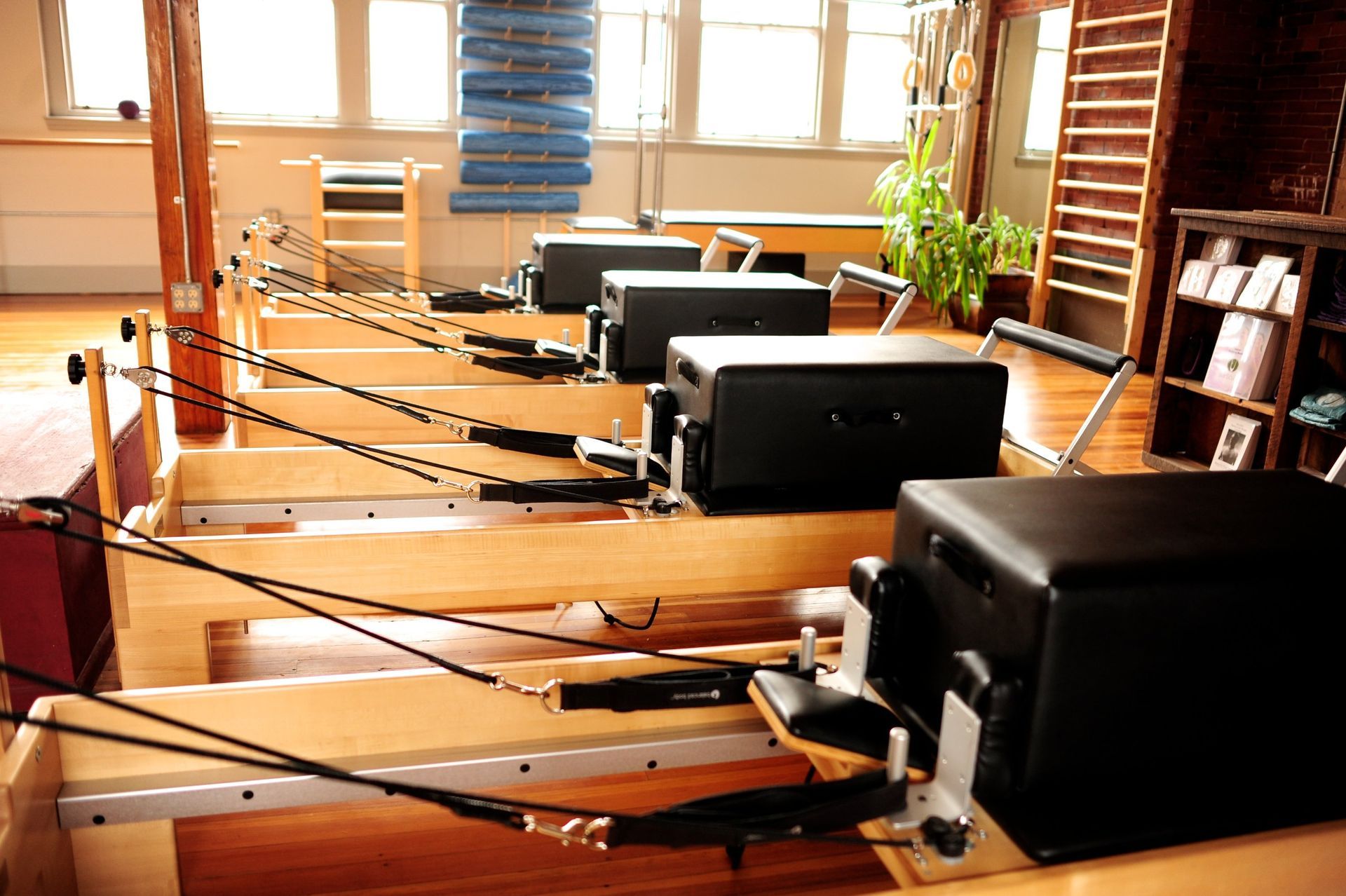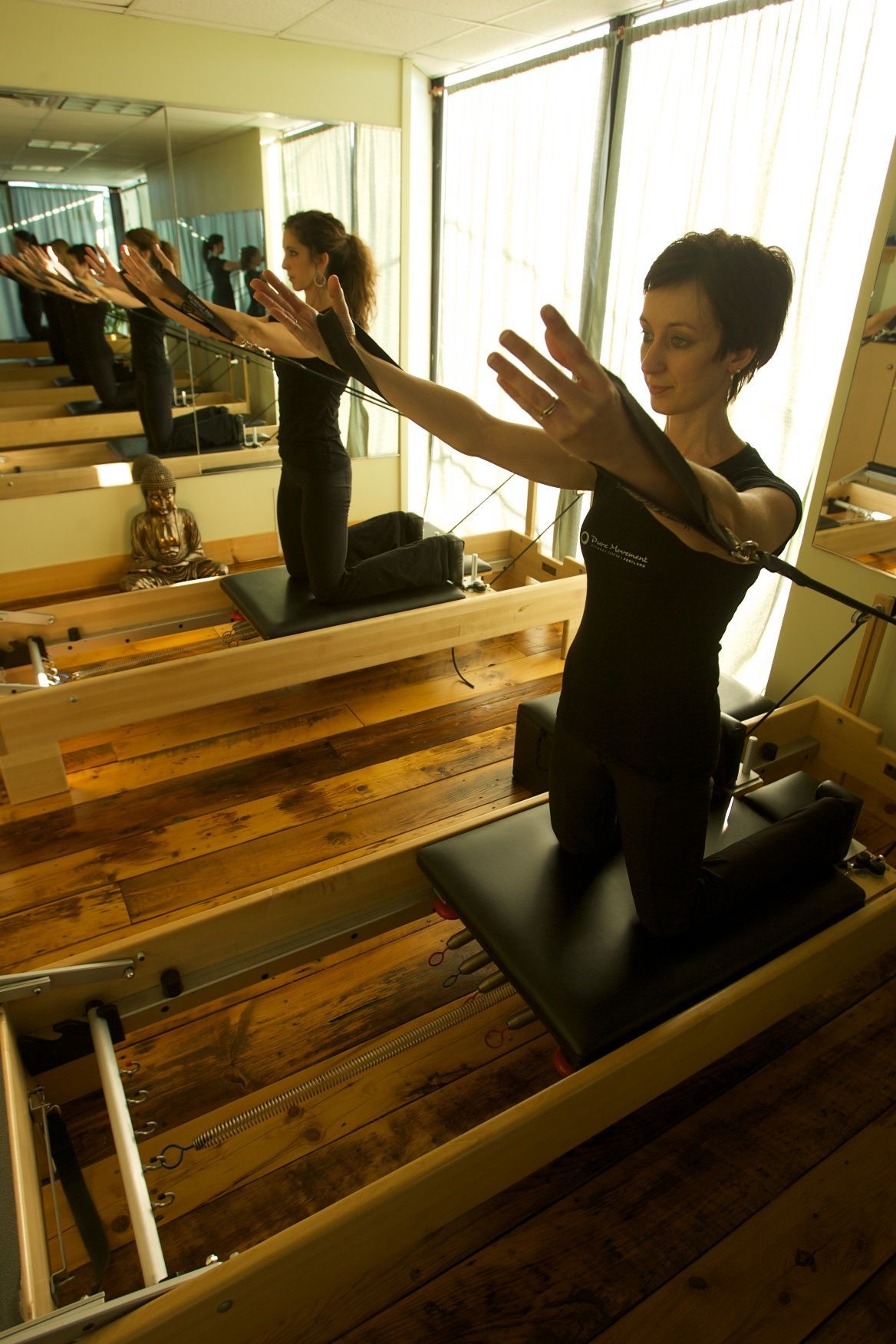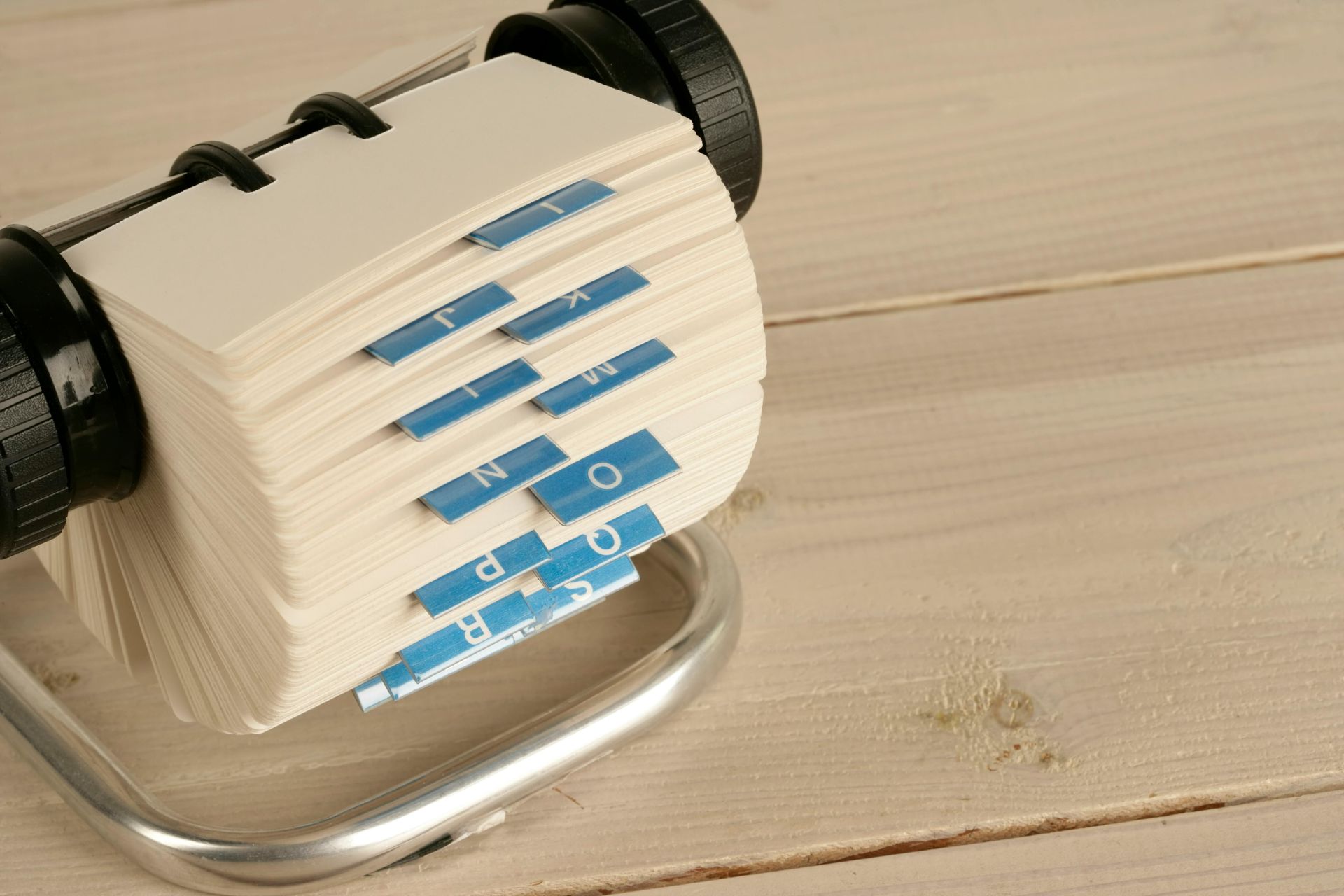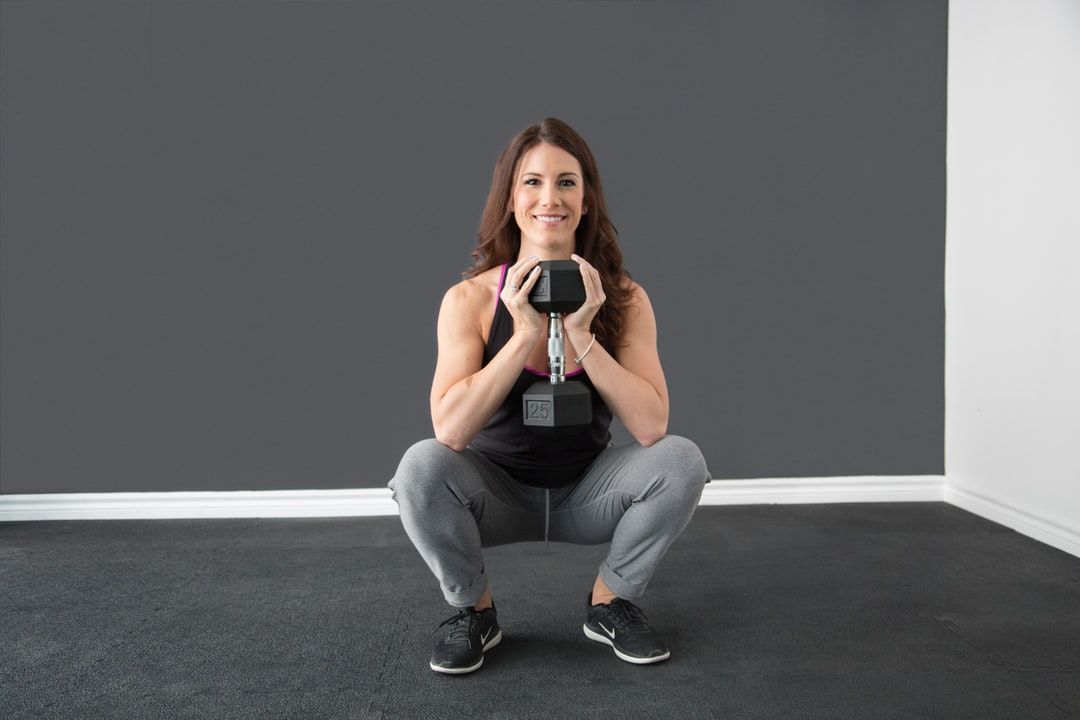Observation is the key to leadership
Teaching Beyond Technique
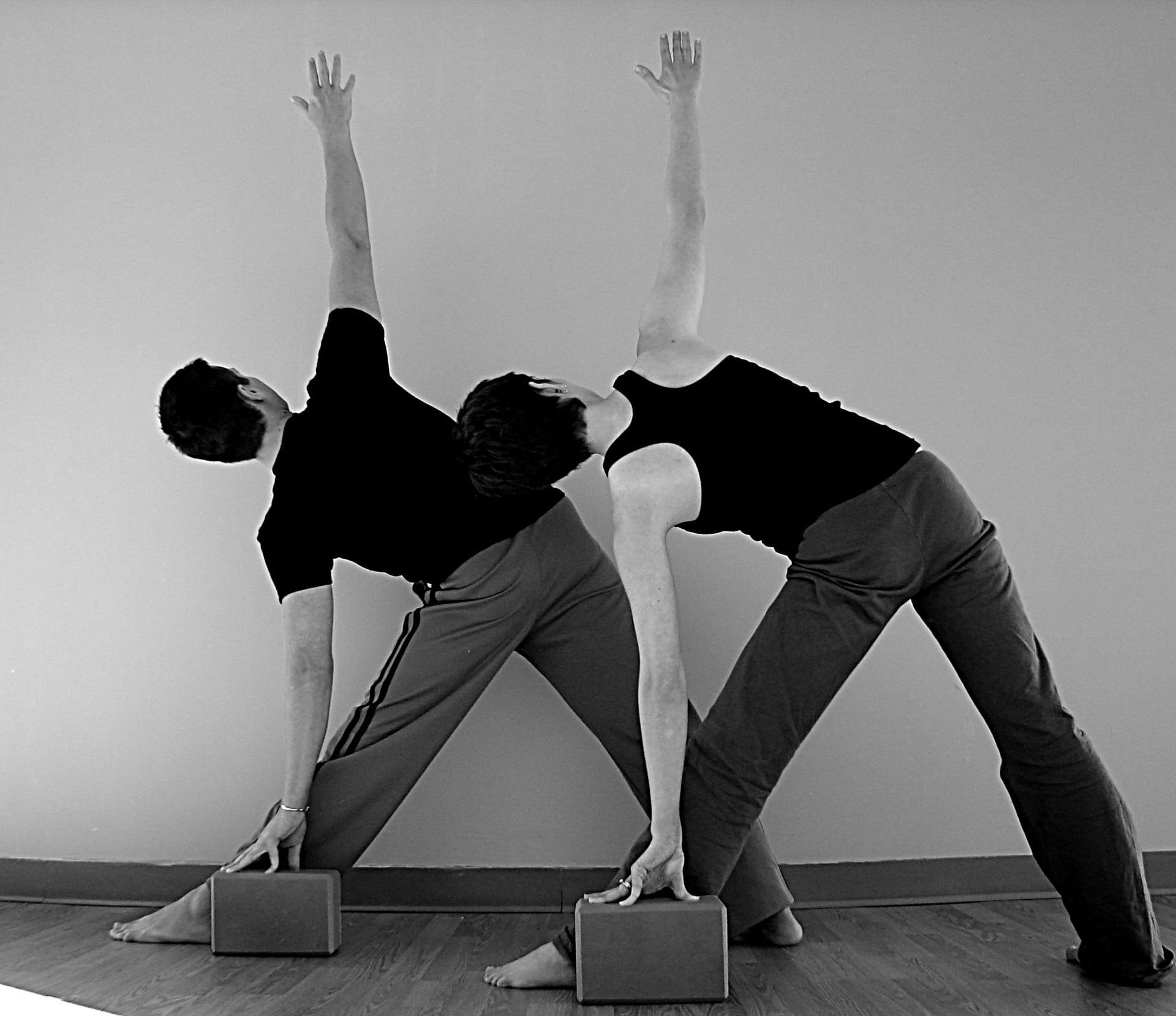
There’s a noticeable difference between a teacher who has clocked their observation hours and one who hasn’t.
The former enters the room with awareness — of energy, timing, pacing, and connection.
The latter, no matter how intelligent or well-trained, often sounds mechanical. Their words land correctly but lack conviction. Their pacing is technically accurate but emotionally flat.
When a new teacher skips observation, you can tell.
Their voice tone is monotone, pacing is slow, cueing is correct but not direct, and there’s little sense of leadership. The movements might look right, but the experience feels hollow — for both the teacher and the students.
This isn’t about perfection. It’s about presence.
Observation as the Foundation of Leadership
There’s a reason every strong teacher training program includes observation hours — they aren’t filler time. They’re leadership training in disguise.
When you observe an experienced teacher, you’re not just watching what they do; you’re learning how they hold space, make decisions, and embody leadership.
“Leadership is not about being in charge. It’s about taking care of those in your charge.” — Simon Sinek
Observation teaches the subtleties that can’t be scripted — the tone of voice that commands without shouting, the ability to pivot when a client struggles, and the calm presence that says, I’ve got you.
In group fitness — Barre, Pilates, Yoga, or Sculpt — this is what separates a technically correct class from an unforgettable one.
The Missing Link: Performance
Many new teachers think teaching fitness is about counting, correcting, and cueing. But those are only the surface skills.
The real art of teaching lies in
performance — not acting, but embodying your authority.
If you don’t believe what you’re saying, no one else will.
If you don’t lead, your class won’t follow.
That doesn’t mean you have to be loud, dramatic, or “extra.” But you do have to be clear, intentional, and confident. You have to own your space — whether you’re leading a Barre burn, a Pilates core flow, or a quiet Yin Yoga stretch.
In BarSculpt, we say, “Get what you ask for.”
It’s a principle that applies to every class, every teacher, every style.
If you cue “lift your leg higher,” but your energy says “if you want to,” your class won’t lift.
If you say “find your abs,” but your own body language says “I’m unsure,” your students won’t connect.
As a teacher, your presence is your power. And presence is developed through watching, reflecting, and imitating the best until it becomes natural to you.
Confidence: The Rehearsed Art of Authenticity
Confidence isn’t born — it’s built.
Every teacher, even the ones who seem effortlessly magnetic, started with nerves, shaky cues, and a soft voice.
The difference? They practiced.
They observed.
They absorbed.
Confidence grows through repetition and reflection — but also through feedback and observation.
Watch how seasoned instructors handle everything from awkward transitions to talkative clients.
Notice how they maintain flow, redirect distraction, and still make everyone feel seen.
That’s not luck — that’s leadership.
When You Forget You’re “The Shit”
There will always be another instructor who intimidates you — someone with fuller classes, better abs, or smoother jokes. But here’s the truth: you bring something unique no one else can replicate.
In my trainings, I remind teachers:
You need to be “the shit.”
That doesn’t mean arrogant or loud — it means self-assured.
It means walking in knowing that your presence matters, that your students chose you for a reason, and that your goal is not to be someone else’s favorite — it’s to teach from your own power.
Every class is a reflection of what you’re willing to ask for and receive.
If you’re confident, they’ll meet you there.
If you’re hesitant, they’ll hesitate too.
Observation = Leadership in Practice
When a teacher watches with intention, they absorb what can’t be learned from manuals:
- Timing
- Tone
- Transitions
- Flow
- Energy exchange
Observation hours train you to see the full ecosystem of a class: how the instructor greets clients, uses space, communicates expectations, and keeps the rhythm alive even during rests.
You’re not there to critique — you’re there to understand leadership.
Because when you understand it, you can embody it.
How to Observe Like a Leader
Every observation should include three layers:
- Technical Awareness:
- What cues are used?
- How are transitions phrased?
- What corrections are made and when?
- Energetic Awareness:
- What’s the tone of the instructor’s voice?
- How do they handle unexpected moments?
- What is their pace — too fast, too slow, just right?
- Relational Awareness:
- How do they connect with clients individually?
- When do they use names, humor, or encouragement?
- How do they bring chatter back to focus without dampening connection?
This kind of observation builds empathy, insight, and mastery — the trifecta of great teaching.
For Studio Owners: Coaching the Developing Teacher
When mentoring a new teacher, studio owners should focus on confidence through clarity, not just more corrections.
Ask them:
- What’s your favorite cue from today’s class and why?
- Did you get what you asked for when cueing? If not, why not?
- How did you transition between exercises — was it smooth or rushed?
- Did your voice carry leadership? Did it sound sure?
Leadership is contagious. When a studio owner models calm, confident, supportive leadership, the teacher learns not just what to do, but how to be.
Final Thought
Observation is more than a requirement — it’s a practice in leadership, empathy, and artistry.
Watch. Reflect. Absorb. Lead.
Because whe
